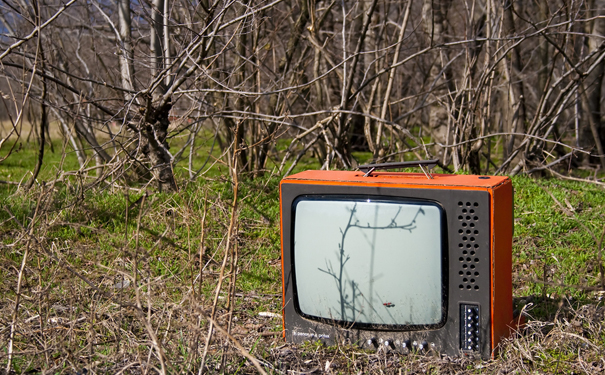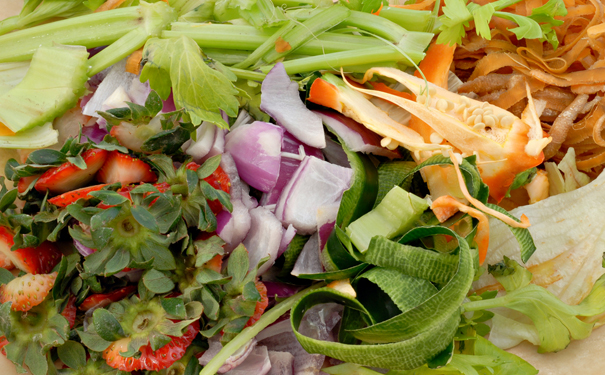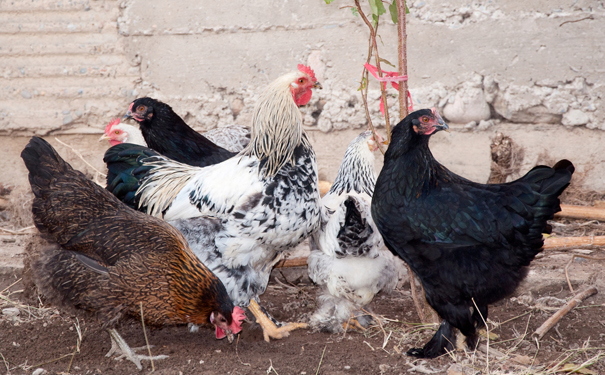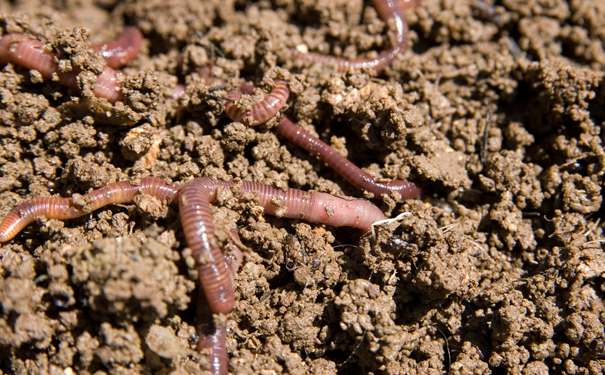
Image: Shutterstock
Household rubbish isn’t all about the kitchen bin. From chemical refuse to garage junk, most unwanted objects can take on a new life somewhere else, as long as you know where to put it.
Electronic waste
Mobile phones, computers and household appliances can be hard to recycle and some contain harsh chemicals that need to be dealt with specially. Left in garbage tips, harmful toxins could leak into the environment, impacting wildlife, waterways and even the food chain. Refrigerators are among the worst offenders for harmful e-waste. Older fridges should be recycled properly to ensure they are degassed, or passed onto someone else for re-use. Companies such as fridgebuyback.com.au in NSW can arrange to pick up your old fridge, and is regularly audited to ensure it adheres to national environmental standards. Visit mobilemuster.com.au for details on where you can recycle your mobile phone in Australia.
Indoor composting

Image: Shutterstock
Don’t have a garden? Space-challenged city dwellers have several options for recycling food scraps. Some municipal governments now offer space for compost in communal garden areas, while there are several options on the market for odour-free bench top recycling units that will fit neatly in your kitchen. Try an indoor Bokashi Bucket to turn your organic waste into soil conditioner for your flowerbox or garden. Everything from vegetables to tea bags, wilted flowers and even tissues can be disposed of in the bucket to ensure minimal waste.
Keeping poultry

Image: Shutterstock
They aren’t just for the country, but for suburban backyards too! Keeping chickens will provide you with fresh eggs and fertiliser for your plants, as well as disposing of your vegetable scraps and the bugs in your garden. You should do some thorough research into the breeds that will suit your needs, the types of housing that will suit both them and your backyard and check with your local council for restrictions on numbers or location before you start. A good way to start your flock is by purchasing point-of-lay pullets or day-old chicks, but ensure that they have been vaccinated against diseases, including fowl pox and Marek’s Disease. To get the best results from your chickens, make sure that they have fresh food and water and watch out for signs of disease.
Worm farms

Image: Shutterstock
Worm farms are an efficient way of disposing of your food scraps and garden waste. Like chickens, they can also provide fertiliser for your garden and pot plants. Boxes can be purchased from suppliers or local councils or put together from polystyrene or untreated wood. Make sure you seek out advice on placement and construction from a trustworthy source, too. You’ll need to use special compost worms, such as tiger worms, red wrigglers or Indian blues, which can be bought from suppliers or nurseries, instead of the earthworms commonly found in the garden. It’s recommended that you start with about 1000-2000 worms to begin with, as they should soon begin multiplying and breaking down the household waste once they’re established. Be careful not to overfeed them, as this can cause the worm farm to smell, and make sure the boxes are well drained — place them on a couple of bricks to ensure your worms don’t drown. It’s also a good idea to keep the lid on or use a hessian cover to deter unwanted visitors.
Related articles: Indoor gardens for urban dwellers






